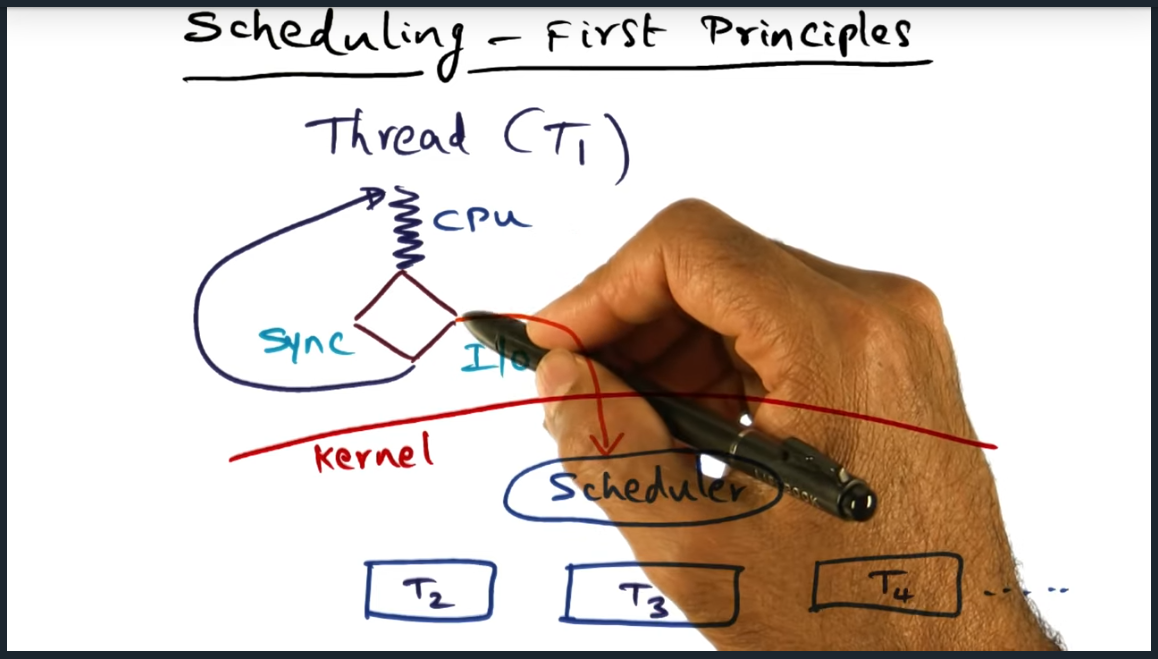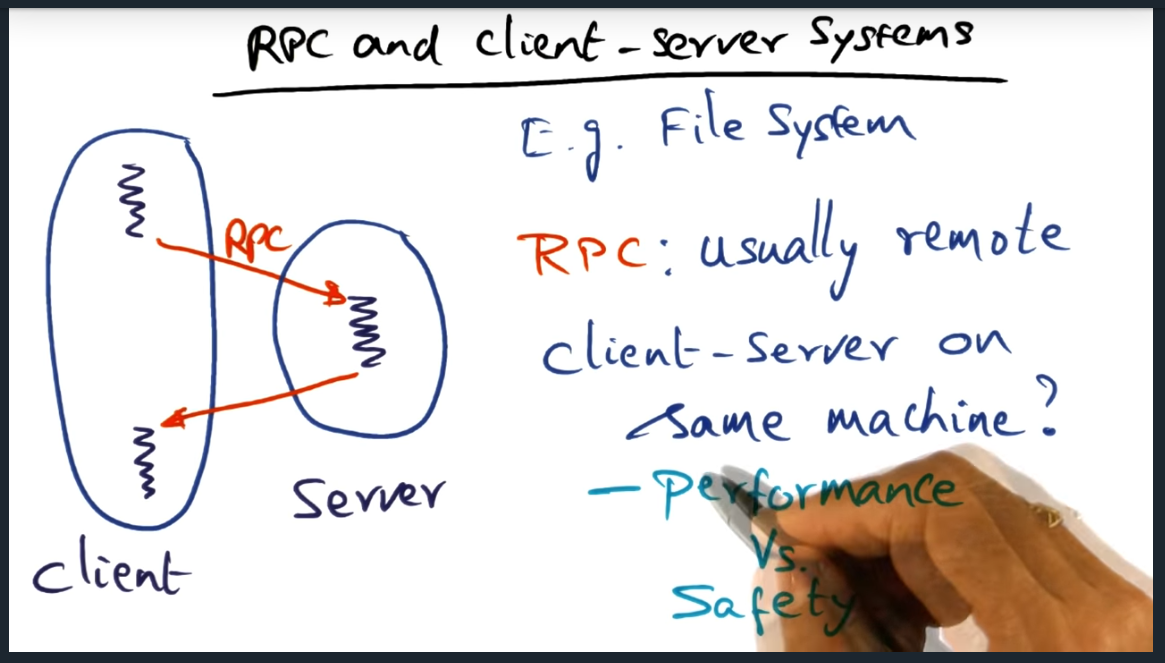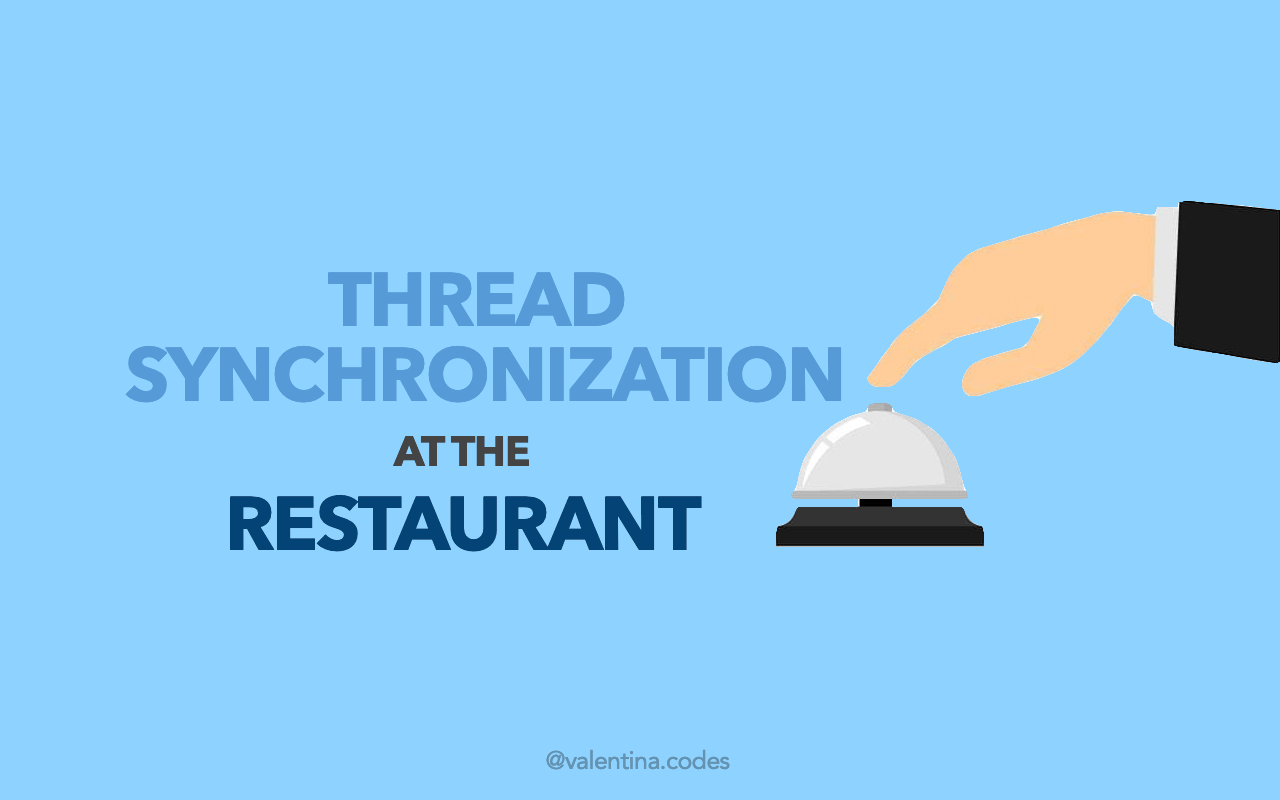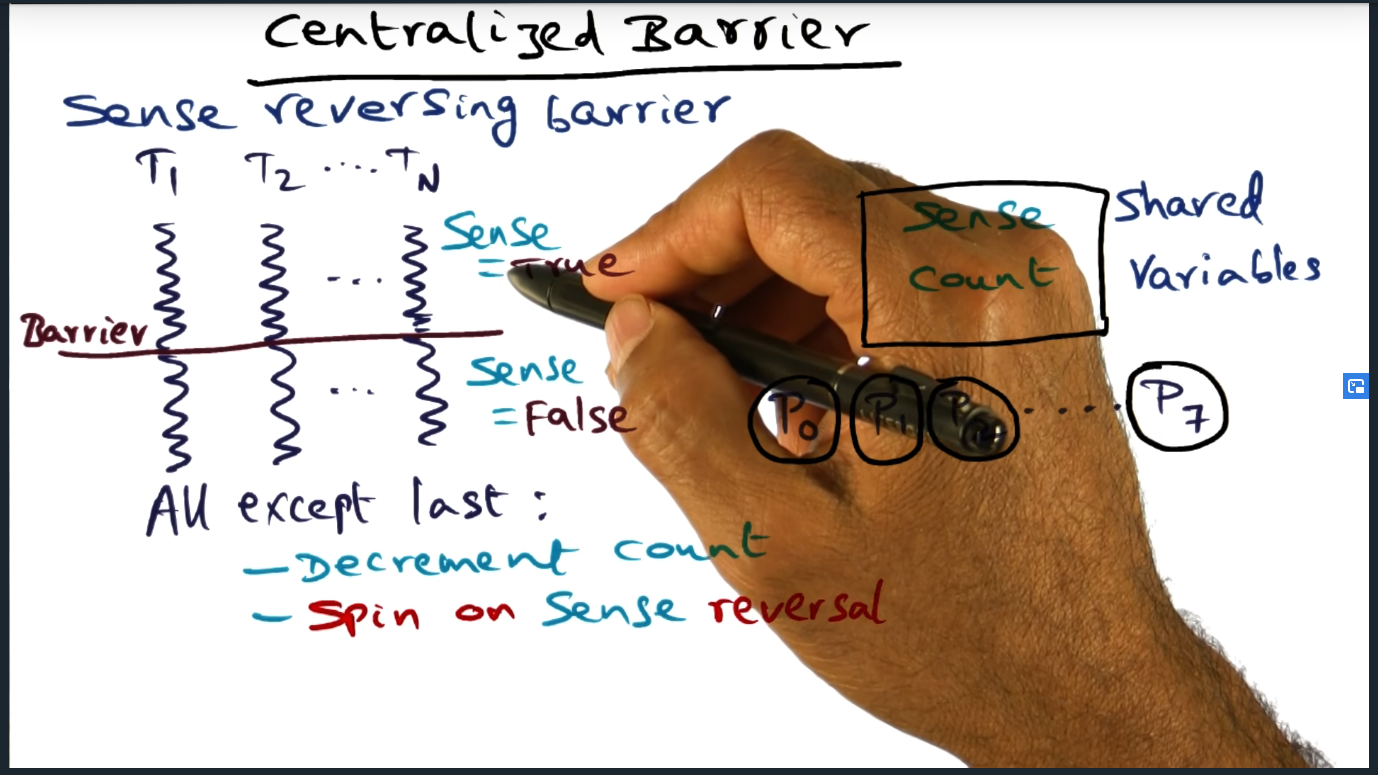Blog
-
I’m (re) learning how to doodle! I’d like to incorporate art and sprinkle sketches into notes that I scribble down while studying for graduate school. Also, I just miss drawing, an activity I used to do a lot as little boy. But somewhere between then and becoming an adult I’ve lost my way, losing touch with…
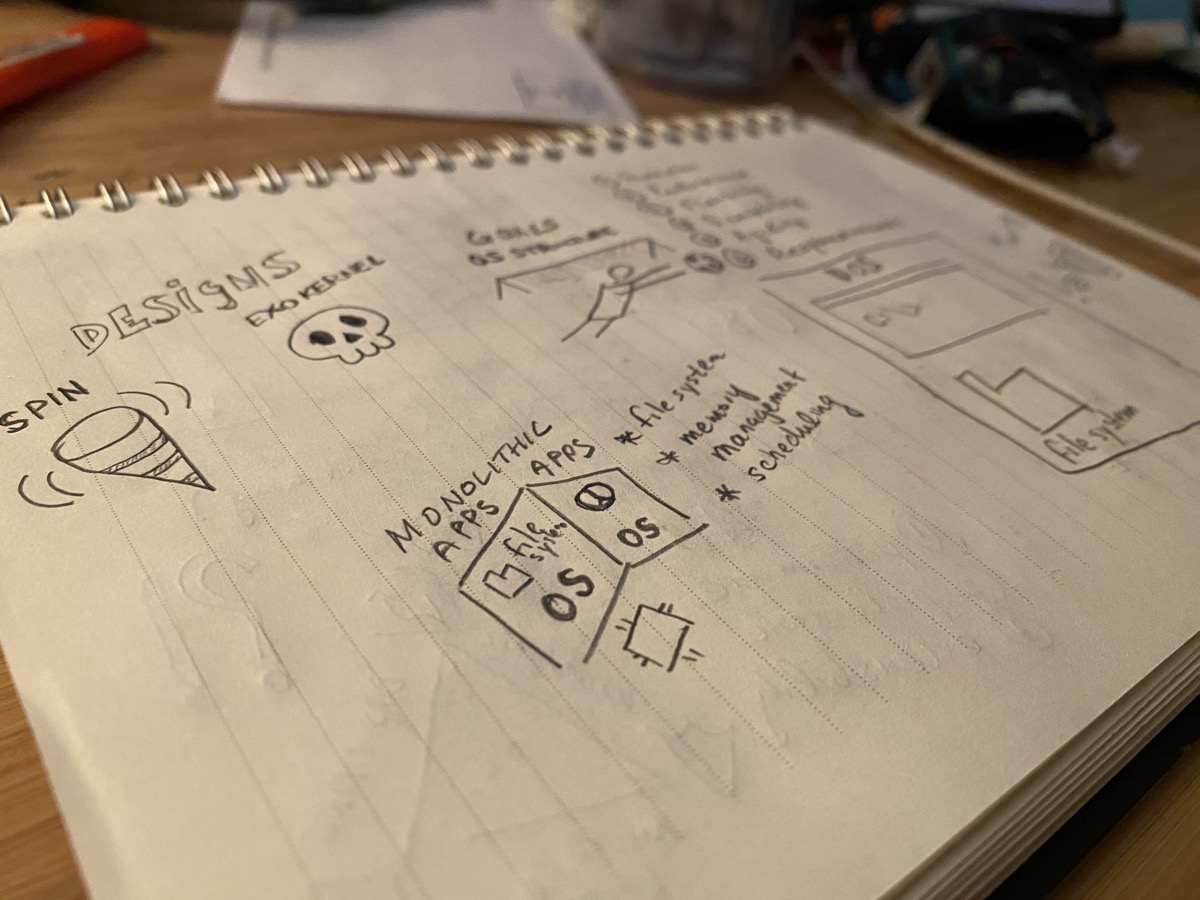
-
Another installment of my weekly reviews. I think the practice of carving out around 30 minutes on Sunday to look back at the previous week and look forward for the next week helps me in several ways. First, the posts help me recognize my tiny little victories that I often neglect and they also help…

-
My wife’s apple iPhone X saves images she captured with her camera as .heic format1 , a relatively new file format that compresses high quality images and I needed a way to convert these type of files to .jpeg (which apparently dates back to 1992) so that they can be uploaded to my blog and…

-
Hooray! Today is the first day in a couple weeks that air quality is considered good, at least according to the EPA. I’m so pleased and so grateful for clean air because my wife and daughter have not left the house since the wild fires started a week ago (or was it two weeks —…

-
With working remote and establishing a (somewhat) daily routine (that has become pretty monotonous), it’s sometimes easy to forget that we’re in the midst of a global pandemic. But that reality is amplified because of the recent wild fires, forcing those of us living in the pacific north west (PNW) — and those living in…
